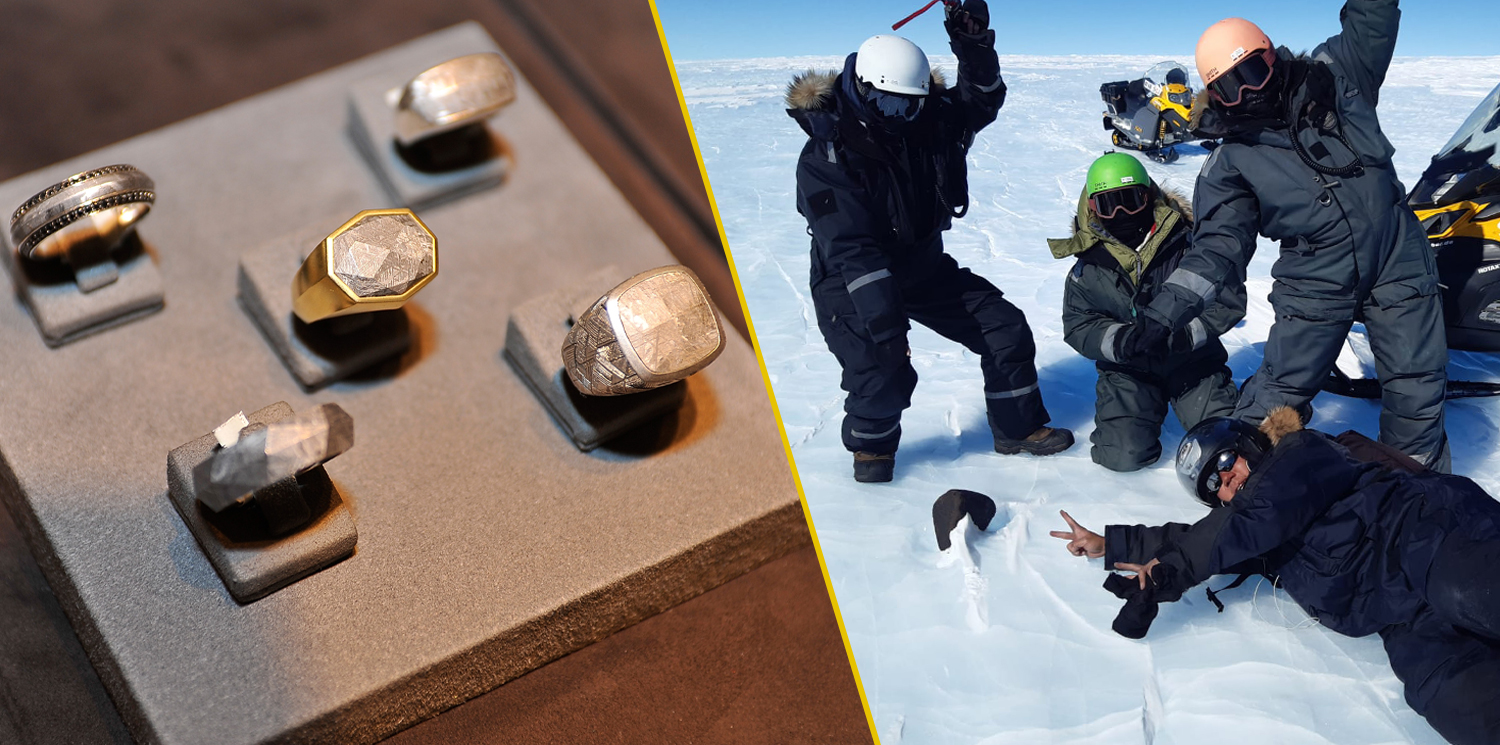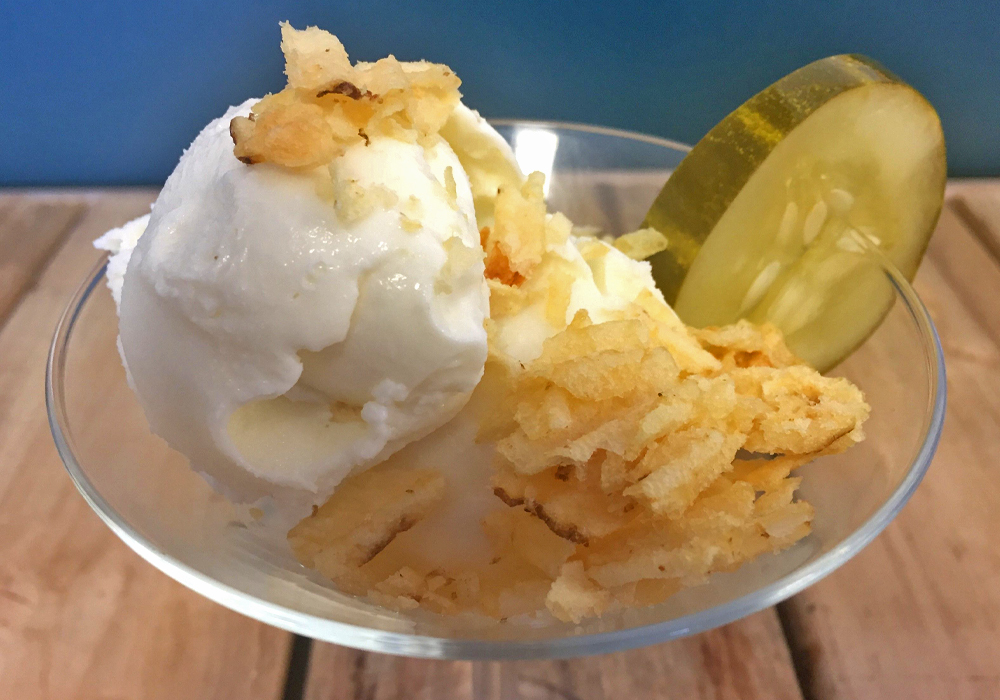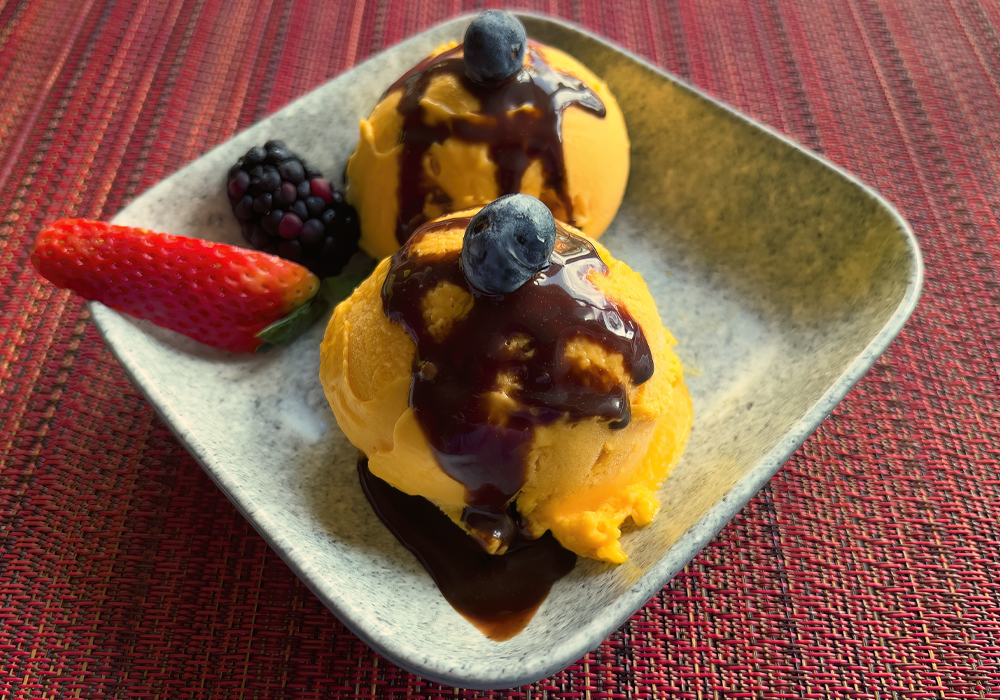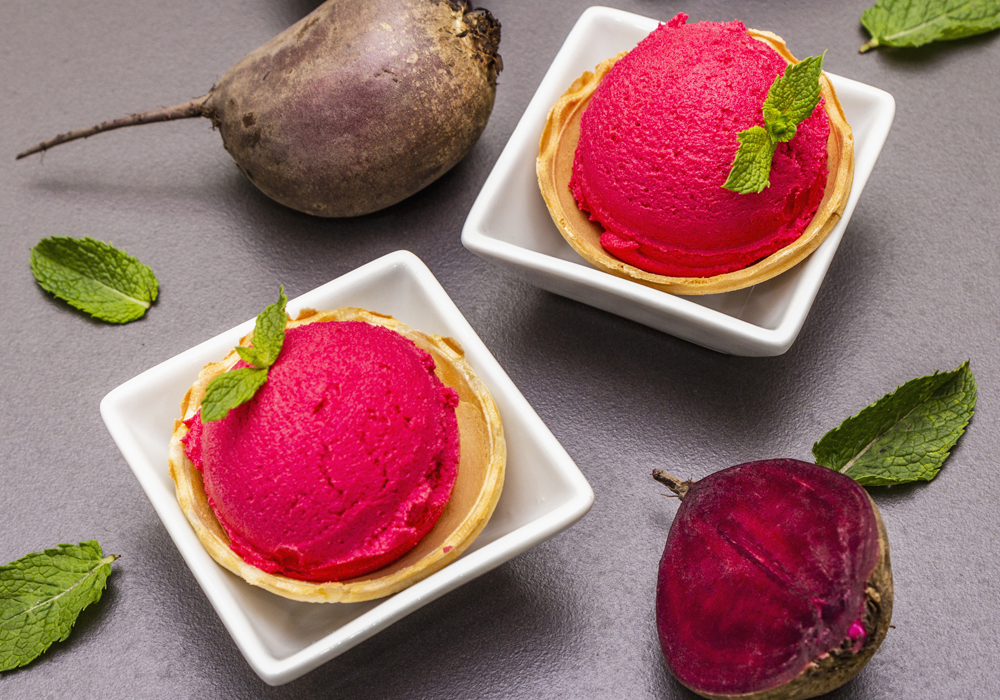Catch a Meteor Shower…or Two
Two meteor showers are set to occur at the same time this summer!
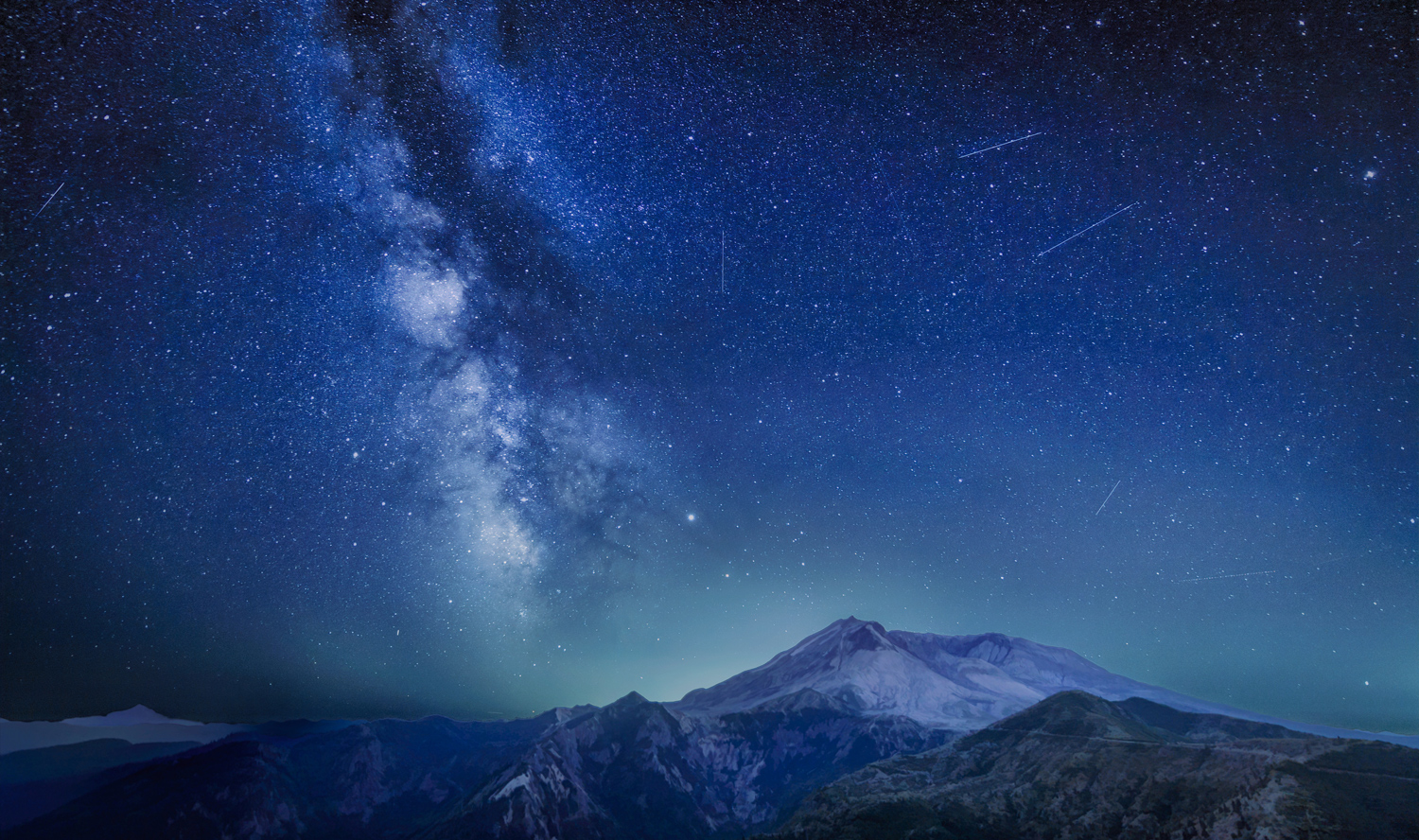
© Diana Robinson Photography—Moment/Getty Images
This photo of the Delta Aquariids meteor shower over Mount St. Helens, Washington, was taken in 2019.
Imagine you’re out late at night when a streak of light shoots across the sky…then another…then another. Is this an alien invasion? No! It’s a meteor shower. Scientists say two meteor showers will occur at the same time this summer. Delta Aquariids meteor shower and the Alpha Capricornids meteor shower are both set to peak on July 30.
A meteor shower looks like many shooting stars racing across the night sky. But what some people call “shooting stars” are not stars. They’re meteors—pieces of rock that have broken off from comets or asteroids (large space rocks) and are falling to Earth. Meteor showers occur several times a year. What makes this summer’s event so special is that it’s a double meteor shower. If conditions are perfect, viewers could see up to 25 meteors per hour during the peak.
It’s easiest to see a meteor shower in a very dark sky, away from city lights and without a lot of moonlight. The sky is darkest between 2 a.m. and 3 a.m., making this the prime time for meteor shower viewing. Since our eyes take time to adjust to darkness, scientists recommend going outside at least 30 minutes early.
Scientists say the best place to see this event is in the Southern Hemisphere, as well as in parts of the Northern Hemisphere that are close to the Equator. But people in other parts of the world may also be able to catch a glimpse!

